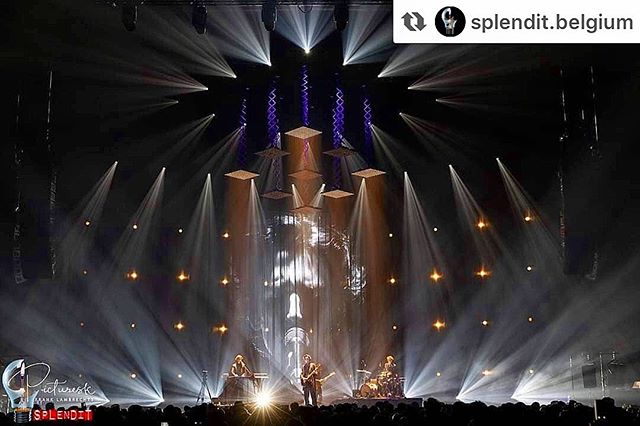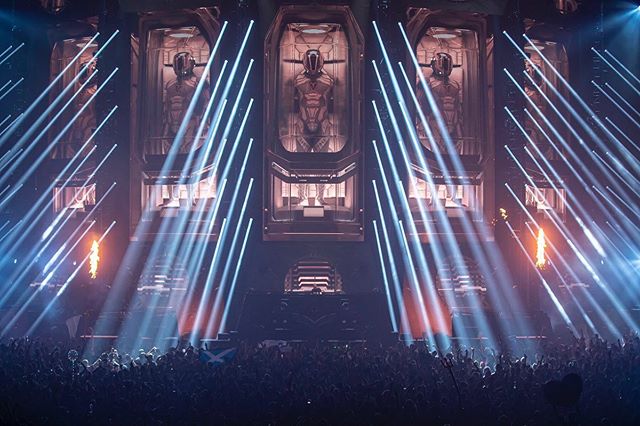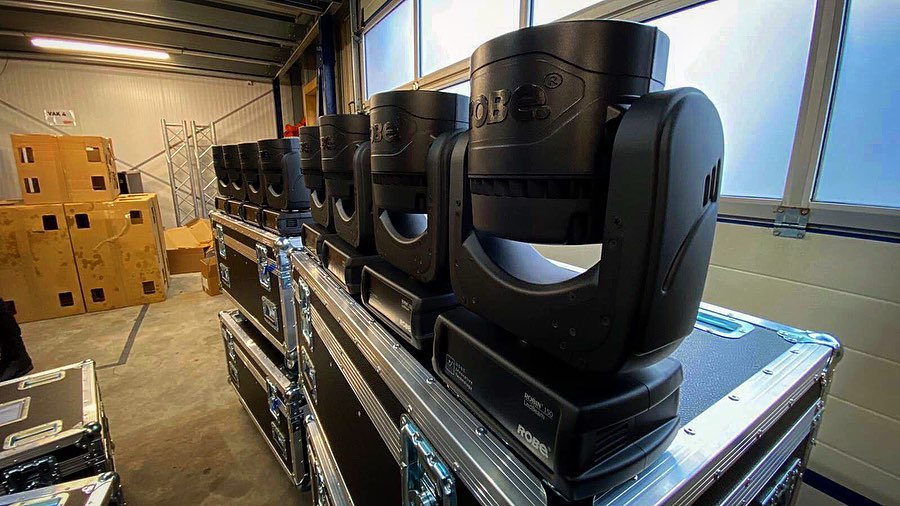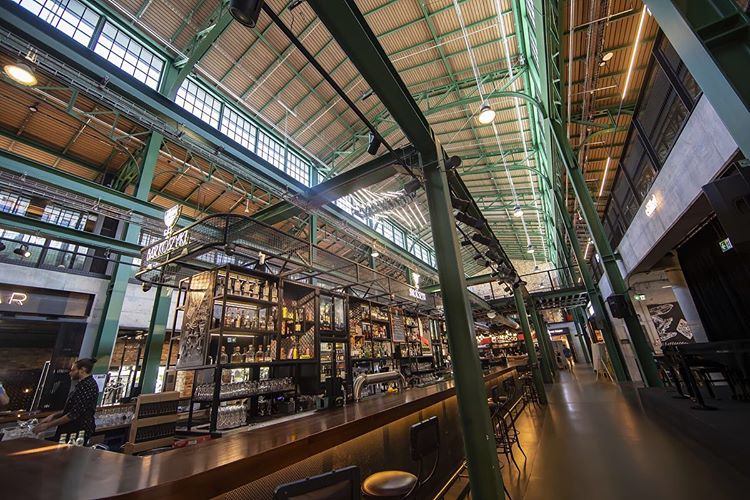Benutzer-Login
10.5.2024
Robe Flies with Hatupatu / Kurungaituku Production
Beteiligte Produkte
Lighting designer Jo Kilgour created edgy and graceful lighting for Hatupatu / Kurungaituku: a forbidden love, a breathtaking new aerial dance work produced by Aotearoa’s boundary-pushing kaupapa Māori theatre company, Taki Rua Productions. The work, written by creative director Tānemahuta Gray and Kapa Haka by Wētini Mītai-Ngātai, premiered at the Tãwhiri Warehouse in Wellington as part of the 2024 Aotearoa New Zealand Festival of the Arts.
Vorheriges
Nächstes
Entdecken Sie weitere Neuigkeiten

15.8.2025
Robe for De Roma
De Roma – originally Kinema Roma – is one of Antwerp’s best-known and loved music venues, and has recently added new Robe moving lights to its house rig, comprising 12 x LEDBeam 150s, 12 x LEDBeam 350s and 24 x TX1 PosiProfiles, all specified by lighting technicians Hans Lodewijckx and Roy Nonneman, and supplied by Controllux, Robe’s Benelux distributor.

25.7.2025
Tallinn City Theatre Re-invests in Robe
The acclaimed Tallinn City Theatre is re-opening after a three-year closure that saw implementation of a full renovation and technical upgrade programme, including the purchase of new Robe moving lights – 55 x T2 Fresnels and 17 x T2 Profiles – and the addition of a complete new main venue which is two stories below ground, and brings the busy and vibrant repertory theatre’s performance space total to seven – 4 main, two extras / experimental and an outdoor area. The same team also operates shows in another building down the street.

11.7.2025
Robe Brings on the Sunshine for Carnival Cruises
A new Robe moving light rig has been installed in the 800-capacity ‘Liquid Lounge’ main theatre space aboard the Carnival Sunshine cruise ship, which stages a host of large-scale production shows, themed performances, and other entertainment events. This was undertaken during an extensive refurbishment of the vessel whilst in dry dock at the Chantier Naval de Marseille in Marseilles, France, earlier this year.

23.6.2025
Robe Adds Some Magic to Circlassica Show
The popular Circlassica show returned to Madrid for the 2024-2025 season staged in the iconic IFEMA Madrid big white tent, with a new edition, Circlassica, la historia mundial continúa (Circlassica, the world story continues), produced by Productores de Sonrisas and lit by Juanjo Llorens who once again sprinkled some of his illuminative magic on the action.

23.5.2025
Robe ESPRITES for Singapore Ballet Production
Singapore-based lighting designer Adrian Tan of The Light Project recently utilised 32 x Robe ESPRITE moving lights – 16 x Profiles and 16 x Fresnels – to light a production of Swan Lake staged by the Singapore Ballet at Esplanade Theatres by the Bay in Singapore.
Navigation
Support
Folgen Sie uns
Bleiben Sie in Kontakt
Navigation
Support
Folgen Sie uns
Bleiben Sie in Kontakt
All rights reserved. Created by Appio












